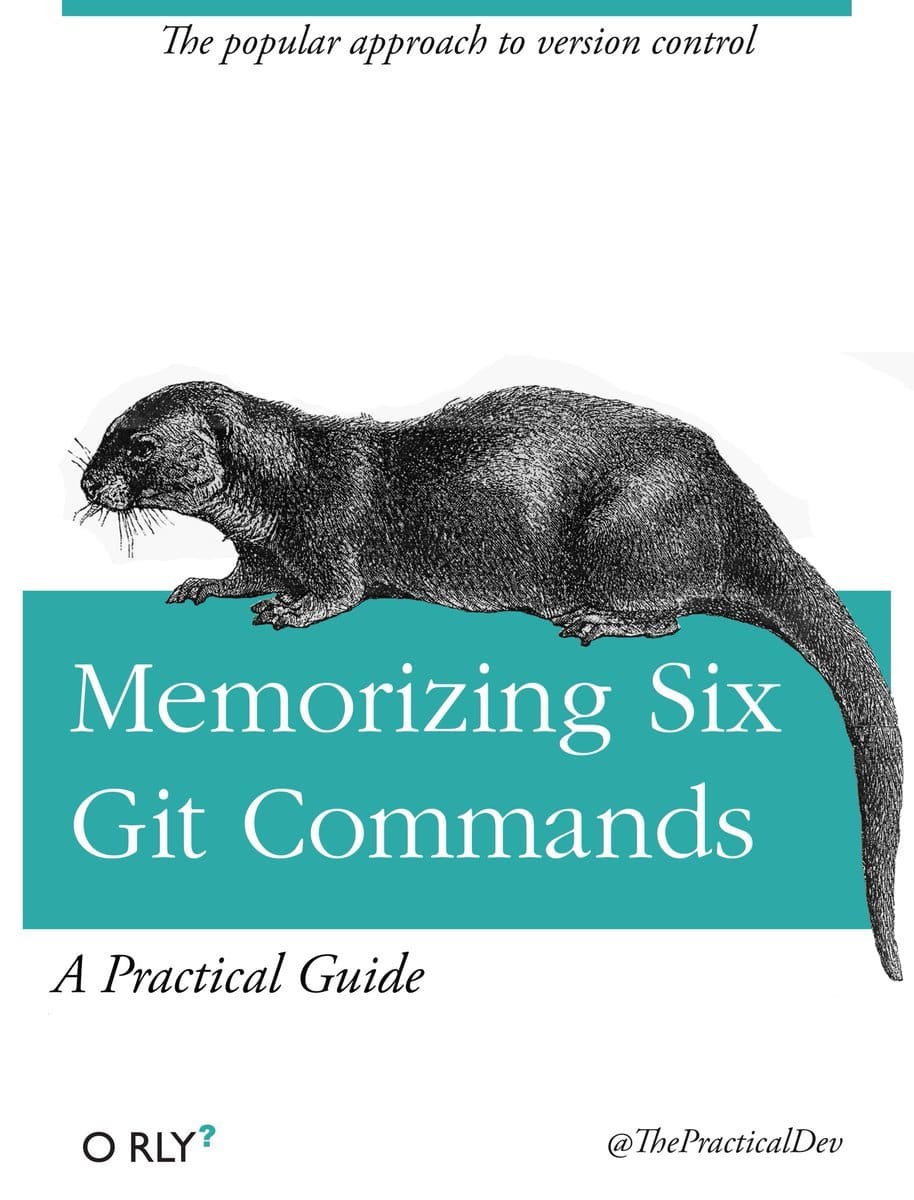
In the sprawling digital metropolis of DevCity, where the rivers of code flow through the veins of countless projects and the air vibrates with the hum of collaboration, there exists a rite of passage known to all who dwell within: Memorizing Six Git Commands. This practice, born from the necessity of navigating the complex waters of version control, became the cornerstone of survival and success in the bustling landscape of development.
Our tale centers on a group of intrepid coders, novices in the grand scheme of DevCity but eager to leave their mark upon its ever-expanding skyline of repositories. They had heard tales of the mighty Git, a tool of such power and complexity that it could command the very essence of code across time and space. Yet, with this power came a daunting complexity, a labyrinth of commands and functionalities that could confound even the most seasoned developers.
In their quest for mastery, the novices stumbled upon a tome, as ancient as the first commit and as revered as the initial push: "Memorizing Six Git Commands: The Popular Approach to Version Control." Within its pages lay the distilled wisdom of countless hours of trial, error, and enlightenment—a guide to the essential commands that formed the backbone of Git mastery.
The six commands were as follows:
git clone, to summon code from the vast repositories that dotted the landscape of GitHub, bringing forth entire projects with a single incantation.git add, to gather the changes scattered across the local terrain, preparing them for their journey into the annals of history.git commit, to seal these changes with a message, a note cast into the future to remind or enlighten those who would tread the same paths.git push, to propel these commits beyond the confines of the local realm, into the shared consciousness of the repository.git pull, to draw forth the collective wisdom and alterations of fellow developers, merging their journeys with one's own.git status, to peer into the fabric of the current state, understanding the ebb and flow of changes both staged and modified.
Armed with this knowledge, the novices ventured forth, their confidence bolstered by the clarity of their newfound understanding. The Git commands, once arcane and inscrutable, became tools of creation and collaboration, wielded with precision and purpose.
Yet, as they navigated the trials and triumphs of their projects, they discovered that the true power of Git lay not in the memorization of commands but in the understanding of their essence. Each command was a note in a symphony of version control, contributing to a harmony of progress, accountability, and collective endeavor.
The tale of "Memorizing Six Git Commands: The Popular Approach to Version Control" spread throughout DevCity, a parable of learning and growth. It served as a reminder that in the realm of development, mastery is not achieved through the rote memorization of commands but through the comprehension of their purpose and the stories they weave within the tapestry of code.
And so, the novices' journey became a legend, a testament to the idea that the heart of version control beats not in the complexity of its system but in the simplicity of its use, in the connections it fosters among those who dare to create, share, and build upon the digital foundations of DevCity.